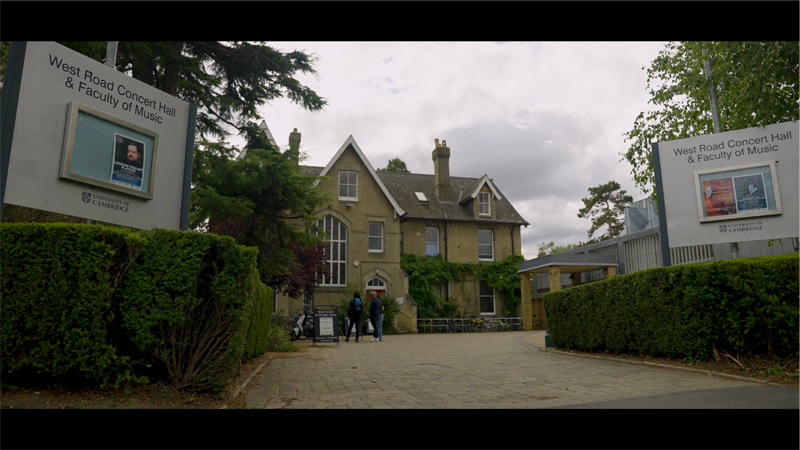Inventing Tradition: Webern’s Piano Variations in Early Recordings
Webern's Piano Variations Op. 27 were first performed two years before the outbreak of Second World War, but it was only after the war—and in very different aesthetic and ideological circumstances—that a performance tradition developed. Through a combination of computer-assisted close reading and contextual analysis of the first movement, this article traces the competing stylistic and ideological directions of early performances—one deriving from the pre-war tradition of the Schoenberg circle, the other from the European avant-garde associated with Darmstadt and die Reihe—and the processes of negotiation through which a more or less consensus interpretation developed by the 1970s. My aims are to explore ways in which empirical approaches can be deployed for musicological purposes, to relate recorded performances to their historical contexts, and to link the story of Op. 27 to the development of music-theoretical approaches that see performance style as a function of compositional structure. Key recordings on which the article is based are presented online as Sonic Visualiser session files coordinated with the text.
Seeing Sound, Hearing the Body: Glenn Gould Plays Webern’s Piano Variations
Visual and embodied dimensions of performance are integral to the experience of live music; I call this the “old multimedia,” since the principles of intermedial alignment and meaning production in performance are in essence the same as in the “new multimedia” that forms the dominant mode of music consumption in the twenty-first century. This article offers an extended case study of two filmed performances by Glenn Gould of the first movement of Anton Webern’s Piano Variations, Op. 27. It addresses the role in Gould’s interpretations of hand lifts, body sway, and other physical gestures; the way in which his interpretation changed over time, as evidenced not only by these filmed performances but also by his audio recordings; the differences between interpretations designed for film and for sound recording; and what all this implies about the relationship between composer and performer.



